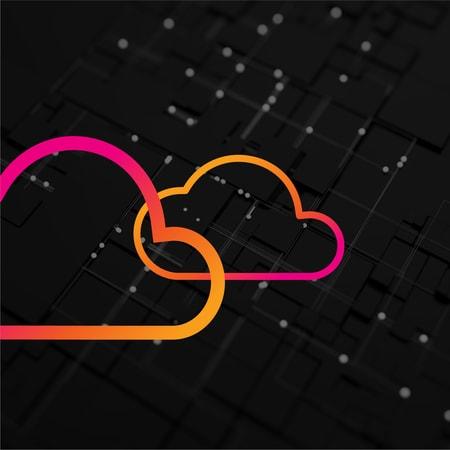A guide to cyber threat hunting with Promtail, Grafana Loki, Sigma, and Grafana Cloud
Fact: The Security Operations team at Grafana Labs loves logs. They are a key pillar of observability for many reasons, such as how they are stuffed full of details to help us diagnose the “why?” when things go wrong. This is especially true when the information pertains not to a series of unfortunate events, but instead to an adversary trying to cause us harm.











